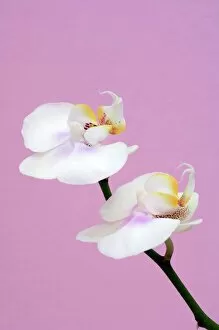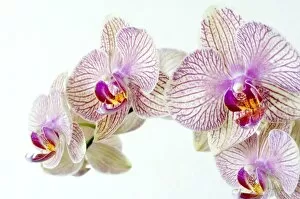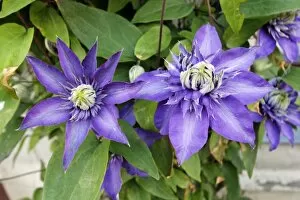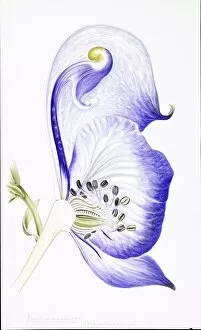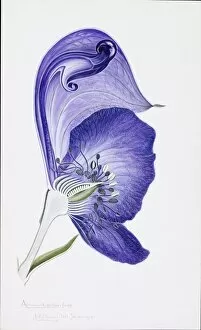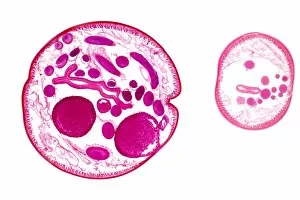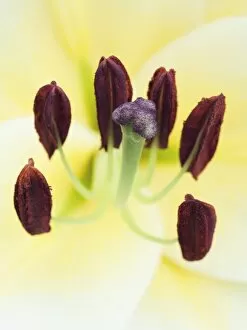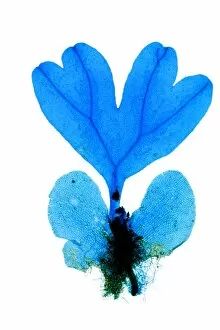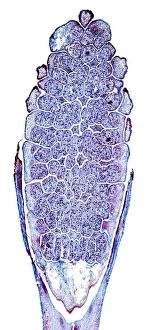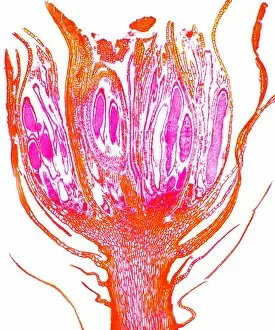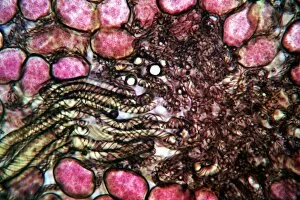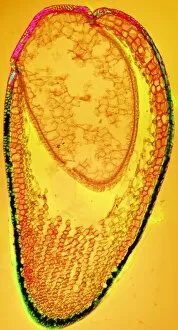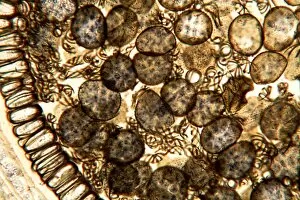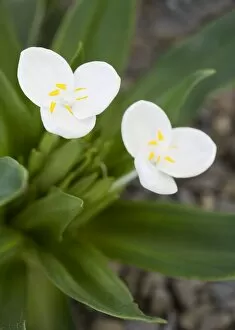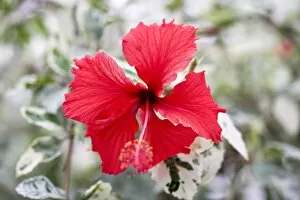Reproductive Parts Collection
"Exploring the Intricate World in Nature: A Captivating Journey" Nature never ceases to amaze us with its intricate and fascinating reproductive parts
All Professionally Made to Order for Quick Shipping
"Exploring the Intricate World in Nature: A Captivating Journey" Nature never ceases to amaze us with its intricate and fascinating reproductive parts. From the delicate Moss capsule (Homalothecium sericeum) captured under a scanning electron microscope, revealing its hidden beauty, to the vibrant Phalaenopsis flowers (Phalaenopsis sp. ) showcasing their alluring allure. Love in the mist flower (Nigella sp. ) blooms gracefully, captivating our hearts with its unique reproductive structures. Meanwhile, the majestic Phalaenopsis orchid (Phalaenopsis sp. ) displays an enchanting dance of fertility, attracting pollinators with its mesmerizing colors and shapes. The Massonia pustulata unveils its secret world of reproduction through tiny yet magnificent floral arrangements. Clematis flowers C014/4718 showcase their elegant petals while silently ensuring their species' continuation. Witnessing a Passion flower hybrid cultivar's reproductive process is like observing nature's masterpiece unfold before our eyes—a true testament to life's resilience and diversity. Barrenwort (Epimedium roseum) C016/5689 reveals its subtle charm as it quietly goes about fulfilling its purpose in nature's grand symphony. Monkshood (Aconitum variegatum) C016/5690 stands tall and proud, emanating an aura of mystery as it guards its precious reproductive organs within strikingly beautiful blossoms. Prick nose (Lychnis coronaria) C016/5687 adds a touch of whimsy to this botanical journey with its intriguing name and captivating appearance. Golden columbine (Aquilegia chrysantha) C016/5685 shines brightly amidst lush greenery, inviting pollinators into a world where reproduction takes center stage. Honesty (Lunaria biennis), artwork C016/5676 showcases human creativity inspired by nature's reproductive wonders, reminding us of the deep connection between art and life.


